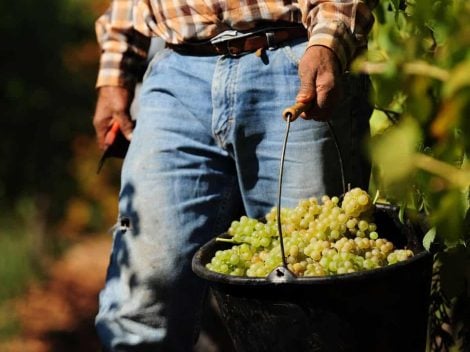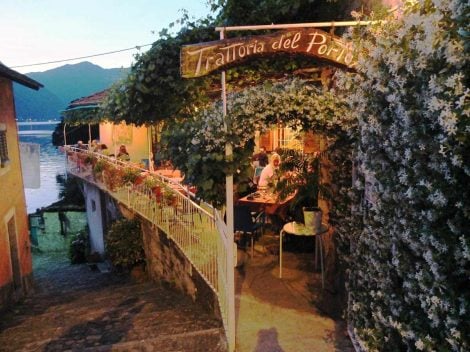Oranges' history
Fruits of the genus Citrus, the oranges - of the Rutaceae family - are native to south-east Asia but have spread in the Mediterranean basin. Especially in Spain, Italy and later in the French Mezzogiorno finding a particularly favourable habitat.The orange is an ancient hybrid, given by the crossing of the pomelo and mandarin, more than 4000 years ago. Until the 14th century bitter oranges were the most common and consumed. Things have changed over time and recently sweet oranges have won the hearts of consumers.
Oranges varieties
Let's start with the macro categories: bitter and sweet. The bitter are used mainly for jams, candied fruit or, with their skin (zeste), liqueurs and essential oils; the sweet are used more widely in the kitchen and are distinguished in blond and red. Among the blonde oranges, the most common today are the so-called "navel", a generic term that refers to a navel - navel in fact - inside the skin where another small fruit forms, located at the opposite end of the petiole. Any examples? From Navelina to Washington Navel, from Navelate (completely seedless) to Ribera Dop.
The best known red oranges are the Tarocco, the Moro and the Sanguinello. Then there are the Arance rosse di Sicilia IGP, common in the markets and much loved by consumers, which are in turn divided into different varieties, the complete list can be found on the website of the "Consorzio di Tutela Arancia Rossa di Sicilia IGP". Although these are varieties with substantially similar organoleptic and nutritional properties, some are more developed in some varieties and less so in others. For example, those cultivated on the slopes of Etna have a concentration of mineral salts significantly higher than the other varieties.
Nutritional properties
34 calories per 100 grams. The orange is a low-calorie fruit with a low fat (0. 2%): composed of 87% water, it contains mineral salts - potassium, calcium and phosphorus - carotenoids (precursors of vitamin A), anthocyanins and flavanones (concentrated mainly in the orange skin which is very rich in properties, so that the essential oil obtained from leaves and skin has sedative and digestive properties).
Oranges: Kitchen use
Oranges, both whole and squeezed, eaten fresh, are used in sweet and savoury preparations.The juice is useful for marinating birds, meat and fish, seasoning and perfuming different types of dishes. Together with the fennel is the protagonist of the classic Sicilian salad. The peel is used in zests or grated, to perfume various types of dishes, or it is used to make jams, jellies, candied fruit or compotes.
The recipe of Alessandro Negrini and Fabio Pisani from Il Luogo di Aimo e Nadia
Now firmly in command of the restaurant in Via Montecuccoli, Alessandro Negrini and Fabio Pisani were able to take the baton of Aimo and Nadia Moroni, keeping intact the charm and value of one of the most important tables in Milan, moving with elegance between great classics and new proposals.
Il Luogo di Aimo e Nadia – Milano – via Montecuccoli, 6 – aimoenadia.com
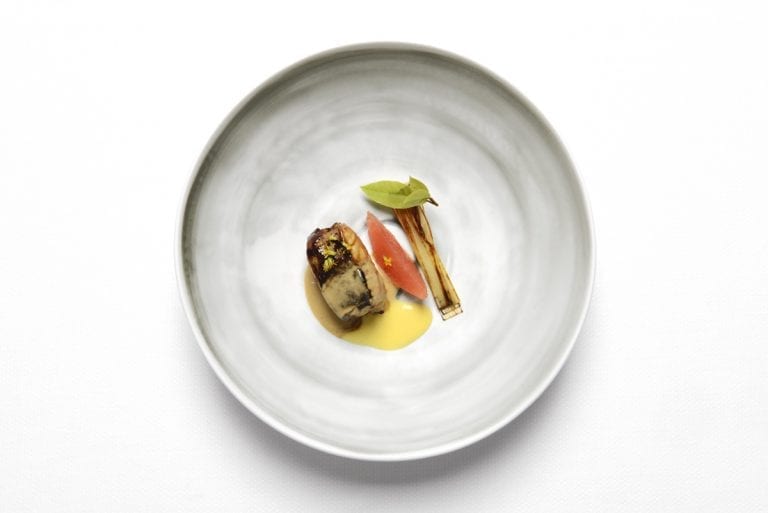
Eel (of Po Delta) spliced with Colonnata lard and lightly caramelized, with Sicilian oranges and fennel pollen.
Ingredients for 4 people
For the eel
- 4 pieces of 200 g. gutted, cleaned and peeled eel
- 50 g. Colonnata lard in thin slices
- 30 g. honey on the rind of 1 orange whole sea salt
For the eel sauce
- The skin, head and bone of the eel gutted, cleaned and peeled
- 4 anchovies in oil
- 4 copper tomatoes
- 3 golden onions
- 2 carrots
For the sauce
- 2 celery ribs
- 1 clove of garlic
- 1 bay leaf
- 20 ml. of extra virgin olive oil integral sea salt
For the orange compote
- the pulp of 2 oranges
- 20 ml. of extra virgin olive oil
- 10 g. of honey
For the finish
- 2 g. of wild fennel flowers
For the sauce
In an oiled pot brown the skin, head and bones of the eel with the anchovies, garlic and laurel. Add the onions, carrots, celery and tomatoes, cut into pieces. Cover with water and simmer for 2 hours. Filter and reduce to a creamy consistency. Salt.
For the compote
Cut the orange pulp into small pieces and cook it in a saucepan with oil and honey for 20 minutes. Blend and pass through a fine-mesh strainer.
For the eel
Make a small incision on the back of the eel, insert the lard and fold the eel back on itself. Close with kitchen string. In a pan with oil and orange peel, brown the eel on all sides. Add the honey and continue cooking for about 20 seconds until the eel is caramelized. Finish cooking in the oven at 200°C (open valve) for 8 minutes. Remove from oven and salt.
Composition
Place the eel in the centre of the dish and place the orange compote next to it. Complete by adding the sauce and wild fennel flowers. We recommend to accompany the eel with barbecued leeks and stewed carrots.
by Antonella De Santis


 Diego Rossi of Trippa opens a new osteria: what you can eat at Nino Osteria con Cucina in Milan
Diego Rossi of Trippa opens a new osteria: what you can eat at Nino Osteria con Cucina in Milan How you eat at Sentiero, the restaurant Elba Island was missing
How you eat at Sentiero, the restaurant Elba Island was missing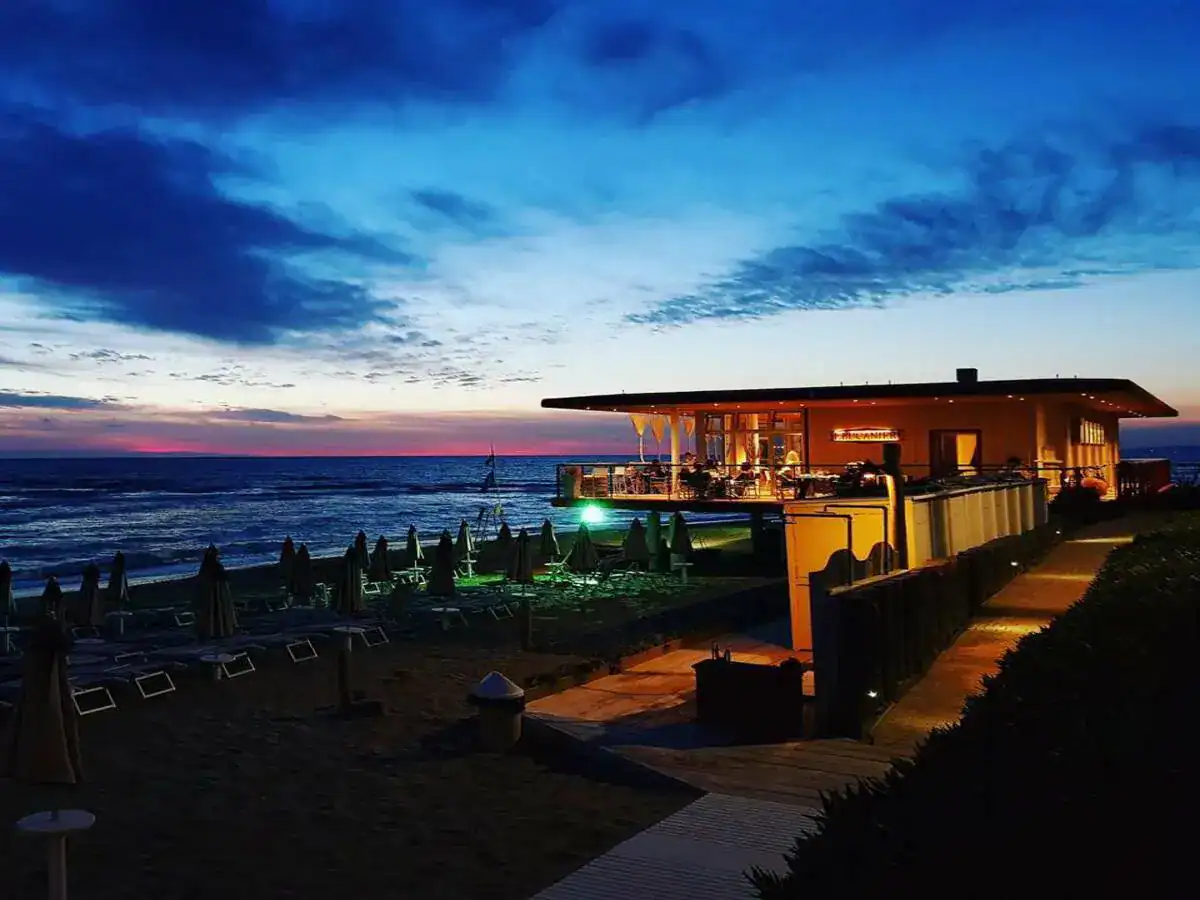 Eating by the sea in Tuscany. The best beachfront restaurants selected by Gambero Rosso
Eating by the sea in Tuscany. The best beachfront restaurants selected by Gambero Rosso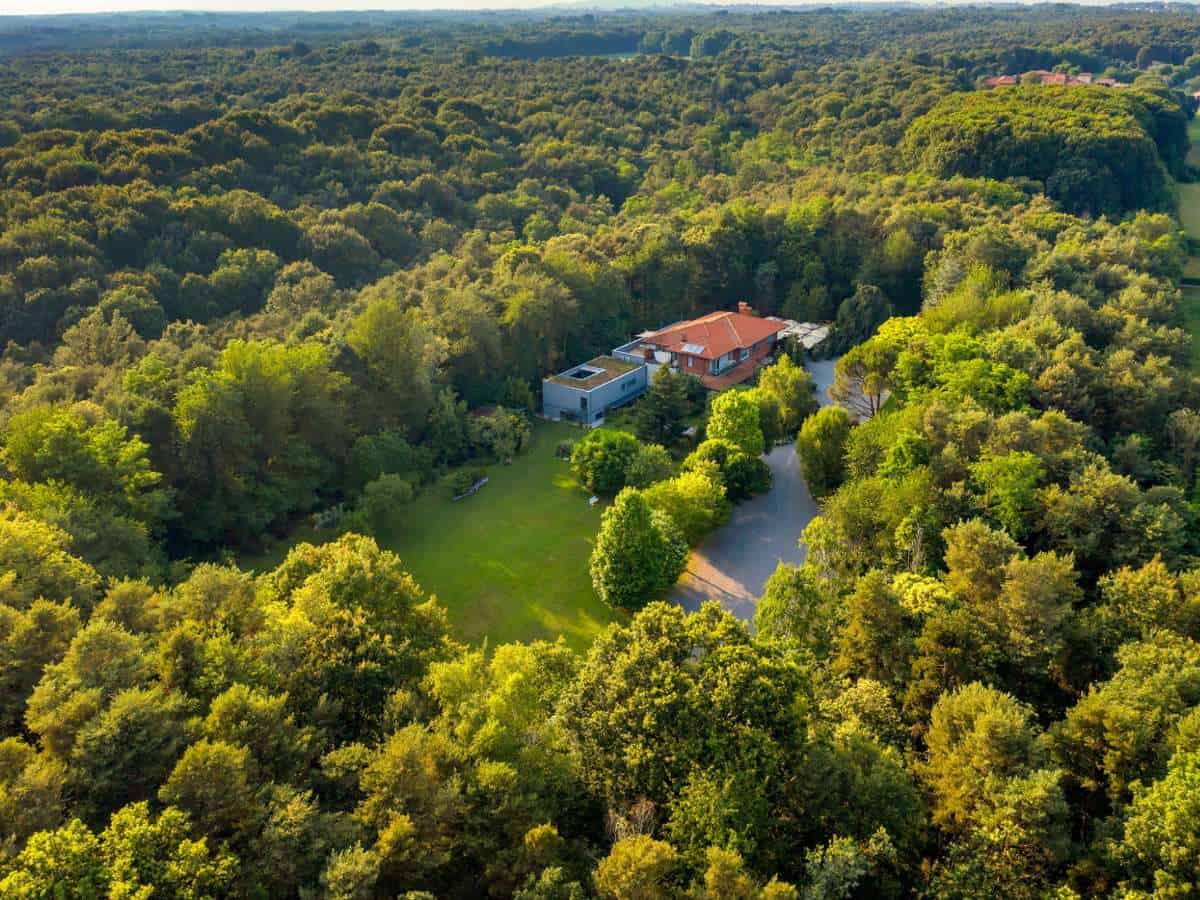 Contemporary cuisine, farmhouses and pinewoods. The hidden restaurant in the nature park near Como
Contemporary cuisine, farmhouses and pinewoods. The hidden restaurant in the nature park near Como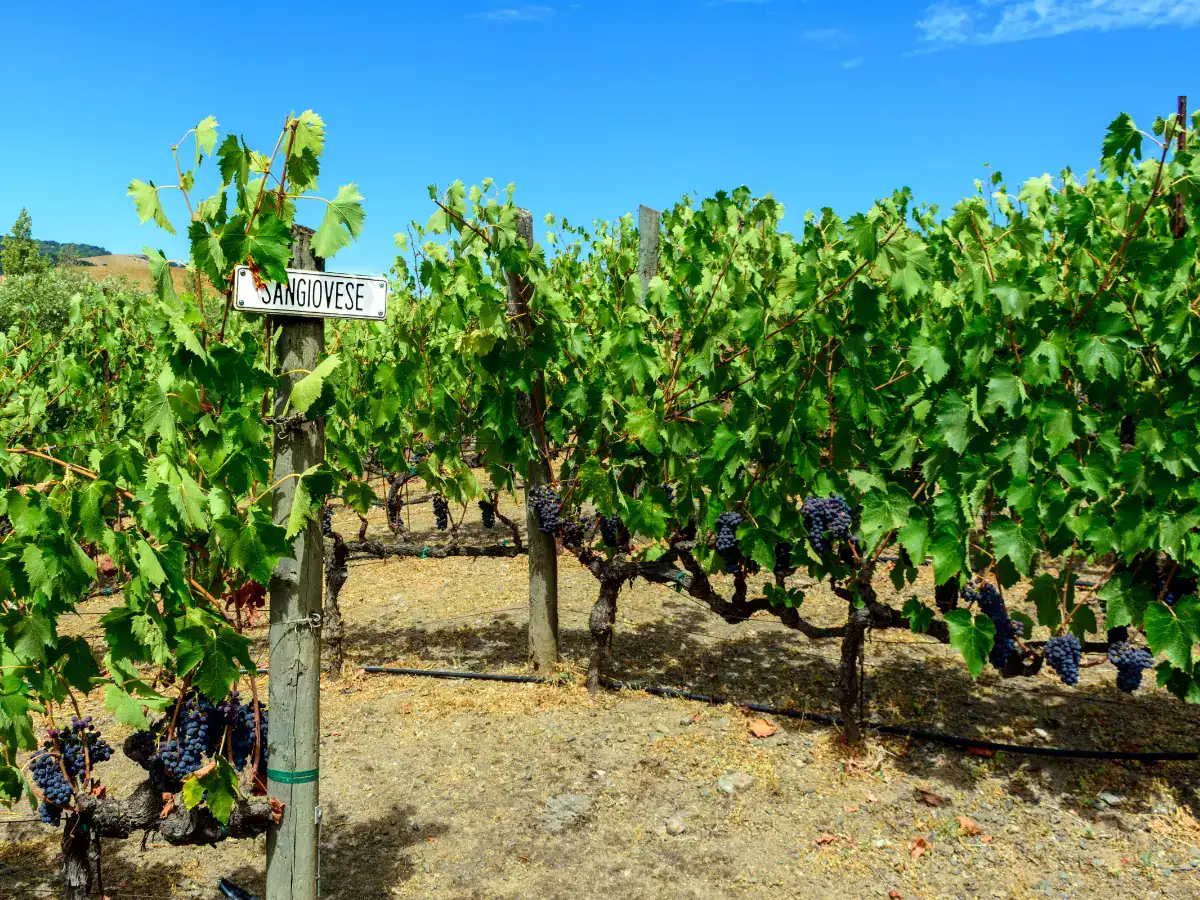 California rediscovers Sangiovese. A brief history of the revival of a forgotten grape variety in the United States
California rediscovers Sangiovese. A brief history of the revival of a forgotten grape variety in the United States


